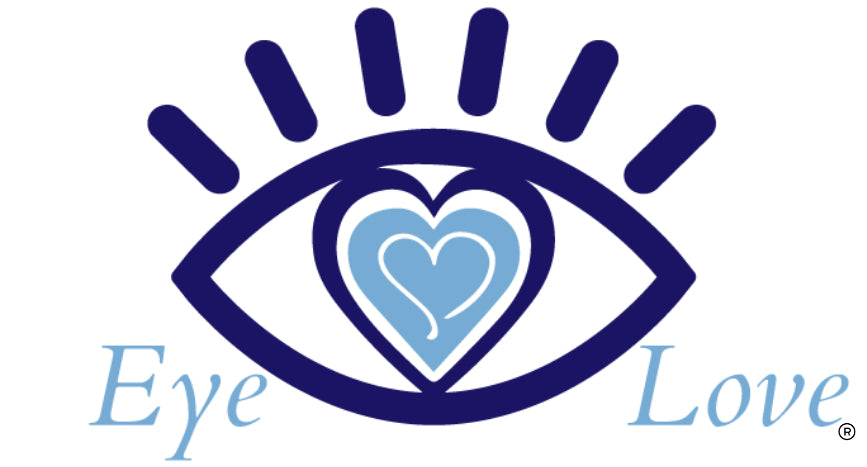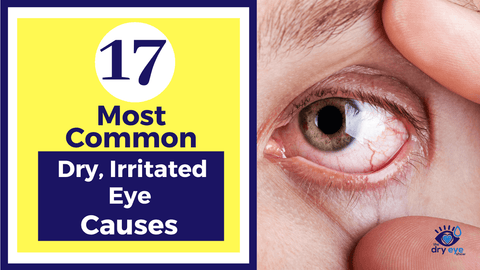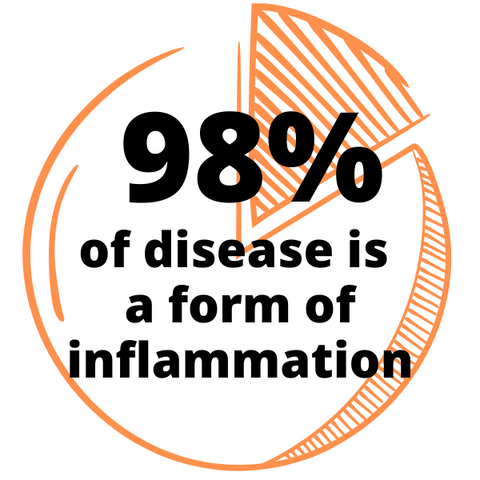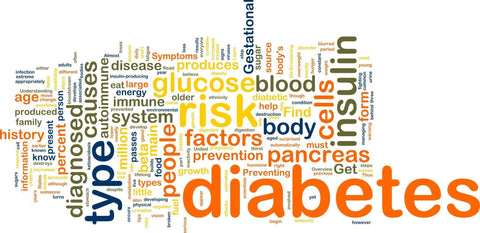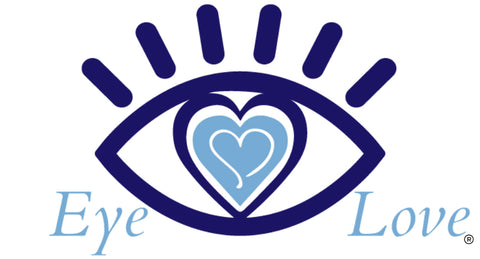Dry Eye Causes
The tear film that coats the front of the eye is very complex and contains three important layers. The outer layer of the tear film is oily, produced by special glands (meibomian glands) within the eyelid, and this serves to prevent evaporation of the salt water middle layer. Meibomian gland dysfunction occurs when these oil glands are not producing oil or the oil is to thick to release, therefore causing dry eye disease. The salt water middle layer comes from the aqueous gland which is located in the upper, lateral part of your eyelid. Sjogren's is the most common cause of a problem with this layer. The inner layer is made of mucus secreted from cells onto the front surface of the eye and is important in helping the salt water layer spread evenly across the front of the eye.
Blinking spreads the tears across the front of the eye while also causing excess tears to be pushed out of a drainage system that leads from the inner corner of the eyelids into the nose. This drainage system starts at the puncta, which are two small holes in the upper and lower eyelids by the nose, runs through the nasolacrimal duct, and then drains into your nose. This is why your nose starts to run when your eyes are watering.
Dry eye disease is a condition that has many causes, and they are different for everyone. You may be able to pinpoint your one cause, while someone else suffers from dry eyes due to multiple variables. The commonality between most of these dry eye causes is inflammation. Almost all disease is caused from inflammation, and the causes listed below usually result in inflammation.
Without further adieu, here are the 17 most common dry eye cause.
17 Most Common Dry Eye Causes
1. Aging
Dry eye disease is heavily associated with aging. Many people over the age of 65 suffer from at least a few symptoms of dry eye, including occasional irritation or redness.
This is usually a hormone driven change and most commonly occurs after menopause.
In some cases, poor tear quality and reduced tear quantity have no specific causes and are simply due to the aging process. Aging affects the meibomian glands which can atrophy over time or it can affect the lacrimal gland's ability to make tears, so dry eye is very common as you get older.
2. Pregnancy
The shift in hormones during pregnancy can contribute to dry eye. Excess estrogen is usually to blame, although excess progesterone that your body is not used to having around may also be a culprit.
More often than not, we find that those who are pregnant often suffer from dry eye symptoms, although there area select few lucky ladies whose eyes actually feel better!
3. Skin disease around the eyes
Skin issues such as eczema or an allergic rash can lead to dry eyes. The skin of the eyelids is very delicate and susceptible to skin diseases that may be present on other parts of your body.
It all boils down to inflammation, and if you have inflamed skin on or around your eyelids, you're more likely to notice inflammation in your eyes as well.
The skin condition rosacea is also a major cause of dry eyes, and it can lead to ocular rosacea (often due to meibomian gland dysfunction, or MGD). Click here to read more about ocular rosacea.
4. Laser eye surgery
Dry eyes are a temporary side effect of laser eye surgery, in most cases, and many of you have surely seen news stories covering people who have suffered from dry eyes and extreme, boring pain after having LASIK or another refractive surgical procedure.
This is exactly why we rarely recommend refractive surgery and, if we do, we ensure that the patient does not have any signs or symptoms of dry eye disease to begin with.
Refractive surgery disrupts the corneal nerves and, although they regenerate in most people, there are those in which the nerves never heal back the way they are supposed to. These people can experience not only dry eyes but neuropathic pain as well, and this can cause them to experience pain due to stimuli that would normally not cause pain.
If you're thinking about having LASIK, PRK, or a similar procedure, think twice.
5. Allergies
Common allergies can create dry eyes, and this is because allergies can lead to inflammation of the eyes and really disrupt the natural, healthy surface of the conjunctiva (and cornea, in some cases).
Allergies most often lead to itching, irritation, redness, and watery discharge that is often confused with dry eyes. In fact, you may even have both allergies and dry eyes, which can complicate matters even more. In addition to this, medications used to combat allergies (which we'll discuss in more depth below) can lead to dry eyes.
6. Damage to the tear glands from radiation or inflammation
Damaged tear glands (lacrimal glands) may produce an insufficient amount of tears or poor quality tears. Damage to the lacrimal glands, which normally produce the watery portion of your tears, can occur due to a few things. Aging is the most common, but chemotherapy and inflammation from certain diseases can lead to damaged lacrimal glands.
Autoimmune disease, such as Sjogren's syndrome, is one of the most common diseases which can cause issues with the tear glands and lead to aqueous deficient dry eye disease.
7. Medications
Dry eye disease is a common side effect of many medications, including antihistamines and decongestants (used for allergies and sinus issues) and blood pressure medications such as beta blockers. Other medications that can cause dry eyes include retinoids (like Accutane), medications for anxiety, depression, and other mental health conditions, and hormone replacement therapy (HRT).
Click here to learn more about all the medications that can cause dry eyes.
This can be difficult, because you often cannot just discontinue your medications, especially those for heart conditions. You'll want to speak with your doctor and try to find other options for treatment which do not have dry eyes as a side effect.
As far as allergies go, try to limit the amount of antihistamines and decongestants you take. Only take them when necessary, and consider using antihistamine eye drops instead, as these only need to be used once or twice per day but can be effective for clearing allergic symptoms in both the eyes and nose.
Also, try to get off the medications by working with your doctor on ways to do this. This is exactly what we talk about in our book Rethinking Dry Eye Treatment. If you work on putting the pieces in place that we discuss in this book you can usually start to wean off all medications eventually. Some are harder than others, and you should always work with your doctor when doing this.
8. Wind or dry air
Common environmental conditions can easily lead to an increase in tear evaporation. A few common examples of this include overhead fans in your bedroom or place of work, desktop fans, air conditioners and heaters (even in the car!), and natural wind while outdoors.
Try to limit the amount of time you use fans, if you use them at all, and never point them toward your face. If you use a fan for the noise at night, purchase a white noise machine instead. If you must be around wind in any form, consider using moisture chamber goggles to prevent dry eyes.
We also recommend the Dyson fan, due to its reduced wind disruption technology that makes it a lot less irritating to those who suffer from dry eye. Check it out here!
9. Smoke
Being around smoke can an increase in tear evaporation and, often, an increase in inflammation. Smoke from cigarettes and campfires are likely the most common you'll come into contact with.
If you're a smoker or live with someone who is, this could be the cause of your dry eyes. No only dues smoking increase the evaporation rate of your tears, but it also increases inflammation in your body (even if it's secondhand). Smoking is one of the worst habits you could have, so now's the time to quit!
If you're going to be around a camp fire or other fire, consider wearing wrap around sunglasses or goggles to prevent smoke from coming into contact with your eyes.
10. Lack of blinking
This is typical of people who read a lot or look at computer monitors for their jobs. Anything that causes a disruption of blinking, such as staring at a computer, the wind, and blowing fans, can compromise the tear film and lead to dryness.
When we read or look at a computer, we automatically blink less than normal. This leads to an increase in the evaporation rate of the tears and leaves you with minimal tear coverage on the front of your eyes.
To combat this, practice the 20-20-20 Rule. Every 20 minutes of near or computer work, look 20 feet away for a t least 20 seconds. It'll give you a break and lead to a healthier tear film! Click here to find out how to perform the 20-20-20 Rule.
Also check out a pair of blue light blocking glasses while you work on the computer. It will help reduce eye strain and also help you sleep much better which is both great ways to reduce dry eyes.
11. Vitamin Deficiency/Surplus
A lack of some key vitamins or an excess of vitamins can cause dry eyes. I know this is confusing, but vitamin A is a great example. A deficiency in vitamin A, which is common in underdeveloped countries, can lead to dry eyes.
Alternatively, excess vitamin A (especially in the form of Accutane and other retinoids) can actually destroy your meibomian glands. These glands are the oil factories for your tear film and, without them, you'll have no oil to lubricate and spread the tears over your eyes.
Other vitamins and minerals that are important for the eyes include magnesium, the B vitamins, vitamin C, vitamin E, and omega-3 fatty acids. You can click here to find out the best vitamins and minerals for dry eyes.
12. Long-term contact use
This can lead to loss of sensation on the cornea and dry eyes as a result. You may love wearing your contact lenses! But the reality is that long term use can lead to dry eye symptoms.
Rigid gas permeable lenses are the most common lenses to cause dry eyes, due to their effect on the corneal nerves over time. However, even soft contact lenses can cause issues. Contact lenses, in general, cause an increase in evaporation of the tear film as well, so you're likely to experience more dry eye symptoms when you wear your contact lenses than when you wear your glasses.
13. Conjunctivitis
Inflammation of the conjunctiva, the membrane covering the front of the eye, is a major cause of dry eyes and many may find that they experience dry eyes long after the conjunctivitis has been treated and resolved.
We've already discussed inflammation, but it plays a large role in dry eyes. When your eyes are inflamed, you'll experience irritation, redness, burning, and other symptoms. The best way to fight inflammation is to prevent it in the first place with a regular eyelid hygiene regimen and a healthy, antioxidant-rich diet.


14. Menopause
The major shift in hormones that women experience can cause dry eyes. This is similar to pregnancy, except this time you'll experience a rapid decline in estrogen.
When hormones fluctuate or decline quickly, dry eyes can occur, and this is just the product of changing hormones. Some women may find that HRT can be helpful during this time, but you may find that it's not.
Everyone is different, but every woman can benefit from a few simple lifestyle changes which can make menopause a much more pleasant experience.
Click here to learn how to have a better experience during menopause.
15. Gender
Dry eyes are more common in women than in men, and this is likely a product of fluctuating hormones throughout life. Women's hormones often fluctuate on a daily basis, and you may find that one day you feel great while the next you feel awful.
The best way to combat these fluctuating hormones again is a plant-based alkalizing diet and hydration!
16. Medical conditions
Ailments such as rheumatoid arthritis, diabetes, and thyroid problems are commonly linked to dry eye disease. Usually, autoimmune conditions are a big culprit because they cause your body to attack itself in ways that are often difficult to fight.
Rheumatoid arthritis, Sjogren's syndrome, thyroid conditions, diabetes, rosacea, and other inflammatory conditions can lead to inflammation of the eyes because there is inflammation going on throughout the body.
Again these are all inflammatory based, and the most common cause of inflammation is the food we put in our body. Our book Rethinking Dry Eye Treatment helps you tackle the anti-inflammatory diet and gives you a step by step guide.
17. Eyelid problems
Blepharitis, which is an inflammation of the eyelids, or an inward or outward turning of the eyelids, can lead to dry eyes. Blepharitis most often occurs due to an oversupply of bacteria on the eyelids and lashes, and it may occur due to demodex eyelash mites. Read more about blepharitis and its treatments here.
Also, when the eyelids do not position against the eyes correctly (turning too far in or out), you end up with tears that do not drain properly, whether too quickly or not at all.
Meibomian gland dysfunction is where the meibomian glands, which are the oil glands that are responsible for the outer layer of tears, do not perform properly. This can lead to your tears evaporating quicker and more problems with watery eyes and dry eyes. Click here to read more about MGD.
What are the Symptoms of Dry Eye?
Dry eyes can range from a mild dry eye surface to a very disrupted, poor tear film. The person suffering from dry eyes might experience excessive tearing or eye-watering as the tear gland tries to resolve the dry eye condition itself, over-producing unwanted, low-quality tears in an attempt to coat the eye.
When the tear levels are low, the eye senses burning and grittiness. Itching and discomfort can also be signs of dry eyes. As the condition worsens, the eyes can become continually red, and vision can become blurry. Reflexive tears are released in an attempt to combat these issues, but instead they leave you with nothing but watery eyes.
Do you have dry eye? What do you suspect or know to be the cause for you?
